For more information on The ABC's of Running course, click here.
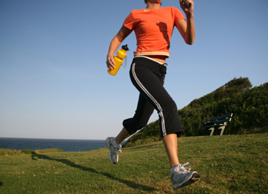
Over 80% of runners get injured while running. Current research is showing that by correcting deficiencies in running biomechanics, strength, flexibility and core stability you can avoid preventable injuries and run pain free.
Our runner's assessment is a structured evaluation that is based on recent research in running injury prevention and the protocol developed for Canada's National team in Athletics.
Want to be treated like a National level athlete? Your running assessment will be conducted by a running specialist experienced in evaluating running form, running shoes and how running affects our body.
Give us a call and book an appointment (613) 521-3222.
What will my runner's assessment involve?
Running history
We review your running history to get a sense of how your body has adapted to running over the years and to understand your running goals. Whether you are preparing for an important race or just running for fitness, we can help you minimize injury risk factors and get you running pain free.
Strength tests
Thorough testing of the hip, knee and ankle muscles will be performed as needed based on the area(s) of concern. These tests can help detect the causes of faulty biomechanics.
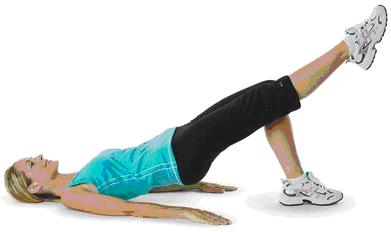 Core stability tests
Core stability tests
Stability testing for the trunk, pelvis and hips has become more relevant in the research as an important element in remaining pain free during running. We will identify stability weaknesses and teach you to correct these inefficiencies.
Flexibility tests
Muscle flexibility test are used to determine where you lack flexibility and/or mobility. These areas could be negatively influencing your running mechanics.
Treadmill Biomechanical observation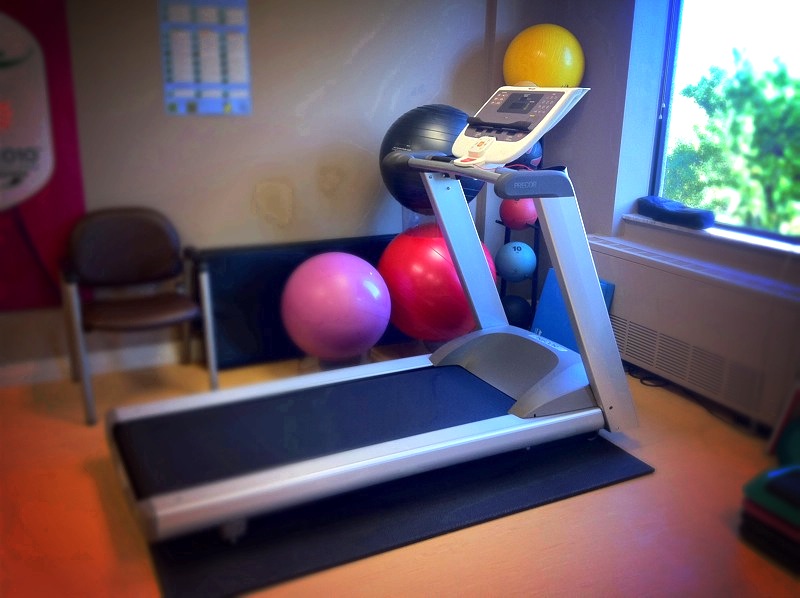
Running is a repetitve activity. The specific running style you have greatly affects whether you can run pain free or whether you are at risk of an injury. We will assess technical elements such as vertical loading rate, cadence, mid-line cross over, vertical discplacement, assymetrical left/right lower limb mechanics and more.
Don't worry if these are terms you're not familiar with. That's our responsibility. We'll provide you with the fastest and safest route to pain free running.
What should I bring?
Running shoes
Your shoe sole and insole can tell us how you run. Older pairs of shoes that have more mileage on them will help us to detect wear patterns that reflect the way your foot distributes body weight as you run. Feel free to bring your old and new shoes.
Orthotics
(if you have any).
Running shorts, T-shirts or sports bra
This allows us to see your biomechanics and perform our physical testing.
How will you help me run pain-free?
 The results of our detailed evaluation will identify the critical areas affecting your running efficiency and normal biomechanics. These may be factors that are contributing to current injury and pain, or areas that could increase your risk of injury. Our clinic regularly treats runners of all abilities from those just starting out, getting back into running or looking to perform at their best in competitoin.
The results of our detailed evaluation will identify the critical areas affecting your running efficiency and normal biomechanics. These may be factors that are contributing to current injury and pain, or areas that could increase your risk of injury. Our clinic regularly treats runners of all abilities from those just starting out, getting back into running or looking to perform at their best in competitoin.
Why don't I just rest until the pain goes away and then start running again?
The causes of pain during running are typically related to poor flexibility, strength,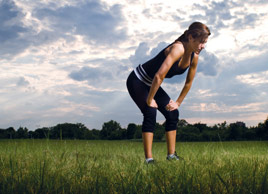 mobility, shoes and/or changes in running style. Avoiding an activity for a while and then hitting the road again with the same causes of pain will rarely provide lasting improvement. Identifying the causes of pain and following a comprehensive plan to correct these measures is the surest way to improve function and run pain free.
mobility, shoes and/or changes in running style. Avoiding an activity for a while and then hitting the road again with the same causes of pain will rarely provide lasting improvement. Identifying the causes of pain and following a comprehensive plan to correct these measures is the surest way to improve function and run pain free.
Our staff have extensive experience in dealing with running injuries. The videos below demonstrate one of the hip biomechanical tests we perform during our running assessments. Hip biomechanics play a large role in injury prevention.
Poor Knee Biomechanics: A significant injury risk factor
Running injuries can be caused by poor biomechanical control at the knee and hip. This can be tested by doing a simple "step down" exercise. If the knee deviates towards the midline during the step down, this demonstrates a significant risk factor for lower limb injury in running. Check out the video below for an example of poor biomechanics.
To correct this biomechanical error, try to keep your knee directly in line with your hip and ankle. See the video below for an example.
Biomechanical corrections like these are performed with specific home exercises, in-clinic coaching and removing the criticial elements causing pain during running.
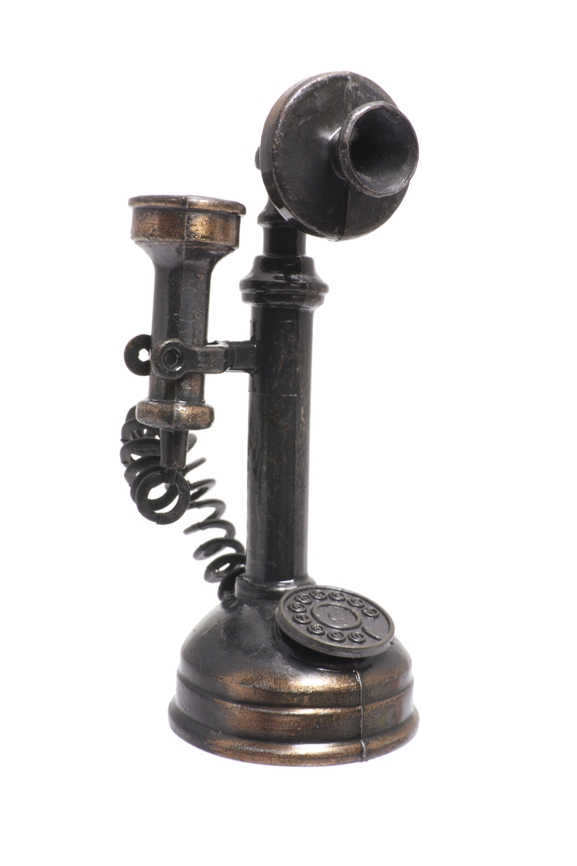
For more information or to book
an appointment for a runner's assessment
give us a call at (613) 521 - 3222.






